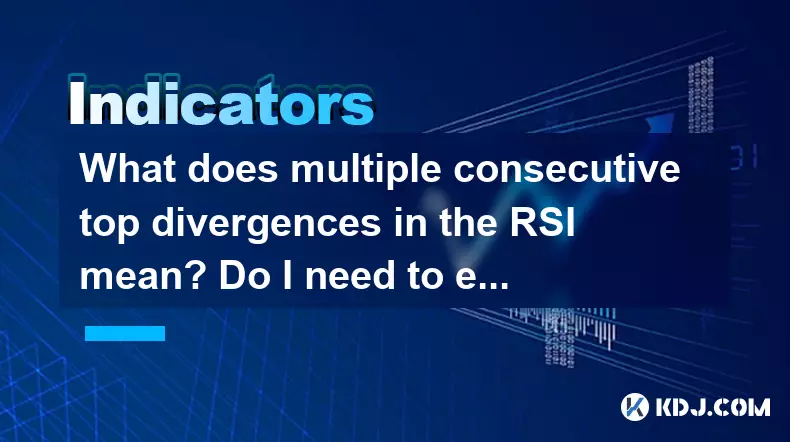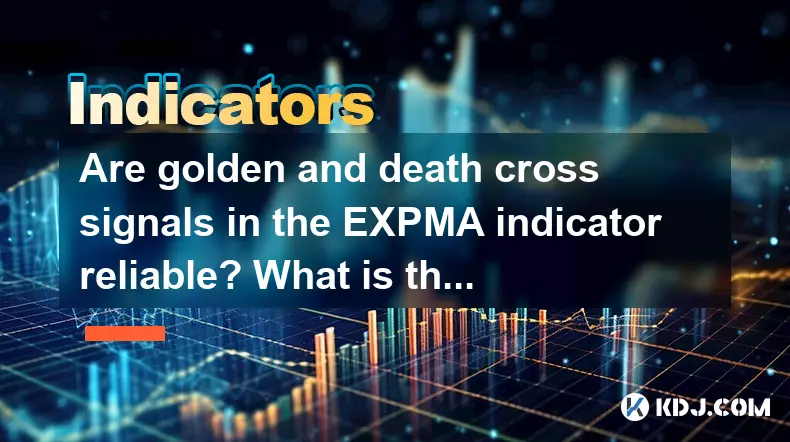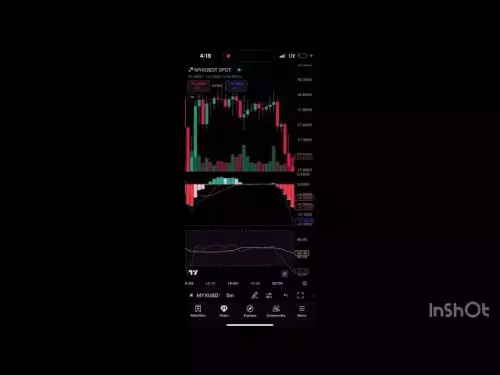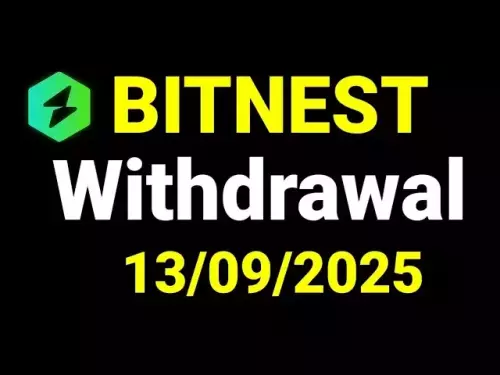-
 bitcoin
bitcoin $116671.700731 USD
-0.07% -
 ethereum
ethereum $4614.067903 USD
2.14% -
 xrp
xrp $3.088291 USD
1.49% -
 tether
tether $1.000362 USD
-0.01% -
 bnb
bnb $987.229886 USD
2.93% -
 solana
solana $245.931058 USD
3.98% -
 usd-coin
usd-coin $0.999926 USD
-0.02% -
 dogecoin
dogecoin $0.282081 USD
4.73% -
 cardano
cardano $0.916372 USD
4.08% -
 tron
tron $0.343952 USD
0.28% -
 hyperliquid
hyperliquid $58.838953 USD
8.45% -
 chainlink
chainlink $23.998618 USD
2.02% -
 ethena-usde
ethena-usde $1.001077 USD
-0.02% -
 avalanche
avalanche $32.209027 USD
7.08% -
 sui
sui $3.800649 USD
5.65%
What does multiple consecutive top divergences in the RSI mean? Do I need to exit the market?
Multiple consecutive RSI top divergences signal weakening bullish momentum, often preceding pullbacks or reversals, especially when confirmed by volume and price action.
Sep 17, 2025 at 03:54 pm

Understanding Multiple Consecutive Top Divergences in RSI
1. The Relative Strength Index (RSI) is a momentum oscillator widely used in cryptocurrency trading to measure the speed and change of price movements. When multiple consecutive top divergences appear on the RSI chart, it indicates that price is making higher highs while the RSI is forming lower highs. This mismatch between price action and momentum suggests weakening bullish strength despite upward price movement.
2. Each successive top divergence reinforces the signal of exhaustion among buyers. In fast-moving markets like Bitcoin or Ethereum, such patterns often emerge after strong rallies when early traders begin taking profits. The repetition increases the reliability of the bearish signal, as momentum fails to confirm new price peaks.
3. These repeated divergences do not automatically imply an immediate reversal, but they serve as cautionary signs. Traders should monitor volume trends and candlestick patterns closely during these phases. A drop in buying volume alongside rising prices further validates the weakening momentum indicated by RSI.
4. It's important to consider the timeframe being analyzed. On shorter timeframes like 1-hour or 4-hour charts, multiple top divergences may lead to pullbacks rather than full trend reversals. On daily or weekly charts, the implications are more significant and could precede major corrections.
5. Market context plays a crucial role. During strong bull runs fueled by macroeconomic factors or institutional inflows, divergences can persist for extended periods before any meaningful correction occurs. Therefore, divergence alone should not be the sole basis for exiting positions.
Interpreting Signals for Potential Exit Points
1. Multiple top divergences suggest accumulating risk in long positions. While not a definitive sell signal, they highlight increasing vulnerability to downside pressure. Traders using technical analysis frameworks often treat this as a cue to tighten stop-loss levels or reduce exposure incrementally.
2. Confirmation is key. Waiting for a break below a recent swing low or a close under the RSI 70 level adds validity to the bearish interpretation. Entering these conditions strengthens the case for partial or full exit strategies depending on individual risk tolerance.
3. Some traders apply filters such as moving average crossovers or volatility contractions to avoid premature exits. For example, if the 50-period EMA remains above the 200-period EMA (golden cross), the broader uptrend may still be intact despite short-term overbought signals.
4. Position sizing adjustments become critical. Instead of a complete market exit, scaling out of positions allows traders to lock in gains while retaining exposure to potential continued upside. This approach balances caution with opportunity.
5. Automated trading bots configured with RSI thresholds may trigger sell orders upon detecting divergence patterns. Manual traders have the advantage of discretion and can assess whether external catalysts—like regulatory news or exchange inflows—justify ignoring technical warnings temporarily.
Risk Management Strategies Amid Repeated Divergences
1. Implement tiered profit-taking where a portion of holdings is sold at each confirmed divergence, reducing average entry risk across volatile swings.
2. Use options or futures hedging instruments to protect unrealized gains without exiting spot positions entirely, especially useful in high-leverage environments.
3. Monitor on-chain metrics like exchange inflows or whale wallet movements to gauge whether smart money is distributing assets, which would align with RSI-based caution.
4. Avoid emotional decision-making triggered solely by technical indicators. Crypto markets frequently exhibit extended overbought conditions during parabolic phases, rendering traditional oscillator readings less effective.
5. Combine RSI analysis with support/resistance levels. If price approaches a known resistance zone coinciding with multiple top divergences, the probability of rejection increases significantly.
Frequently Asked Questions
What is a top divergence in RSI?A top divergence occurs when the asset’s price reaches a new high, but the RSI fails to surpass its previous high, indicating diminishing upward momentum.
Can RSI divergences predict exact reversal points?No, RSI divergences indicate potential weakness in trend momentum but do not pinpoint exact reversal moments. They work best when combined with other confirmation tools like candlestick patterns or volume analysis.
Should I exit all my positions when I see two RSI divergences?Exiting all positions based solely on two divergences is aggressive. A measured response includes reducing position size, adjusting stop-loss orders, or awaiting additional confirmation before full liquidation.
Do multiple RSI divergences occur more frequently in crypto than in traditional markets?Yes, due to the high volatility and speculative nature of cryptocurrency markets, RSI divergences appear more often. This makes filtering signals with additional context essential for reliable decision-making.
Disclaimer:info@kdj.com
The information provided is not trading advice. kdj.com does not assume any responsibility for any investments made based on the information provided in this article. Cryptocurrencies are highly volatile and it is highly recommended that you invest with caution after thorough research!
If you believe that the content used on this website infringes your copyright, please contact us immediately (info@kdj.com) and we will delete it promptly.
- Ether Machine's IPO via Dynamix Merger: A New Era for Ethereum?
- 2025-09-18 12:25:13
- USDC Payroll: The Future of Employee Payments is Here
- 2025-09-18 12:45:17
- Ethereum, Tokens, and Gains: Navigating the Crypto Landscape in the New York Minute
- 2025-09-18 12:45:17
- Israel's Laser Defense: Or Eitan and the Future of Shielding the Skies
- 2025-09-18 12:25:13
- Bitcoin Adoption: Miami and Japan Lead the Charge
- 2025-09-18 12:50:01
- Dogecoin, Elon Musk, and the Crypto Hobby: What's the Latest?
- 2025-09-18 12:50:01
Related knowledge

How can I use the psychological line (PSY) to determine market sentiment?
Sep 17,2025 at 02:19pm
Understanding the Psychological Line (PSY) in Cryptocurrency TradingThe Psychological Line, commonly referred to as PSY, is a momentum oscillator used...

What does a death cross of the RSI in the strong zone (above 50) mean?
Sep 17,2025 at 10:54pm
Understanding the Death Cross in RSI Context1. The term 'death cross' is traditionally associated with moving averages, where a short-term average cro...

What is the Three Crows candlestick pattern? Is it a scary pattern?
Sep 18,2025 at 03:55am
Understanding the Three Crows Candlestick Pattern1. The Three Crows is a bearish reversal pattern in technical analysis, commonly observed after an up...

How can I use the bias to capture oversold rebounds?
Sep 17,2025 at 05:54pm
Understanding Bias in the Context of Crypto Market Movements1. The term 'bias' in cryptocurrency trading refers to a trader’s inclination toward a par...

What is the open-mouthed duck pattern on the MACD indicator?
Sep 17,2025 at 01:18pm
Understanding the Open-Mouthed Duck Pattern on MACDThe MACD (Moving Average Convergence Divergence) indicator is one of the most widely used tools in ...

Are golden and death cross signals in the EXPMA indicator reliable? What is the fifth wave extension in wave theory? How can I identify it?
Sep 18,2025 at 06:54am
Golden and Death Cross Signals in the EXPMA Indicator1. The EXPMA (Exponential Moving Average) is widely used in cryptocurrency trading to identify tr...

How can I use the psychological line (PSY) to determine market sentiment?
Sep 17,2025 at 02:19pm
Understanding the Psychological Line (PSY) in Cryptocurrency TradingThe Psychological Line, commonly referred to as PSY, is a momentum oscillator used...

What does a death cross of the RSI in the strong zone (above 50) mean?
Sep 17,2025 at 10:54pm
Understanding the Death Cross in RSI Context1. The term 'death cross' is traditionally associated with moving averages, where a short-term average cro...

What is the Three Crows candlestick pattern? Is it a scary pattern?
Sep 18,2025 at 03:55am
Understanding the Three Crows Candlestick Pattern1. The Three Crows is a bearish reversal pattern in technical analysis, commonly observed after an up...

How can I use the bias to capture oversold rebounds?
Sep 17,2025 at 05:54pm
Understanding Bias in the Context of Crypto Market Movements1. The term 'bias' in cryptocurrency trading refers to a trader’s inclination toward a par...

What is the open-mouthed duck pattern on the MACD indicator?
Sep 17,2025 at 01:18pm
Understanding the Open-Mouthed Duck Pattern on MACDThe MACD (Moving Average Convergence Divergence) indicator is one of the most widely used tools in ...

Are golden and death cross signals in the EXPMA indicator reliable? What is the fifth wave extension in wave theory? How can I identify it?
Sep 18,2025 at 06:54am
Golden and Death Cross Signals in the EXPMA Indicator1. The EXPMA (Exponential Moving Average) is widely used in cryptocurrency trading to identify tr...
See all articles









































































